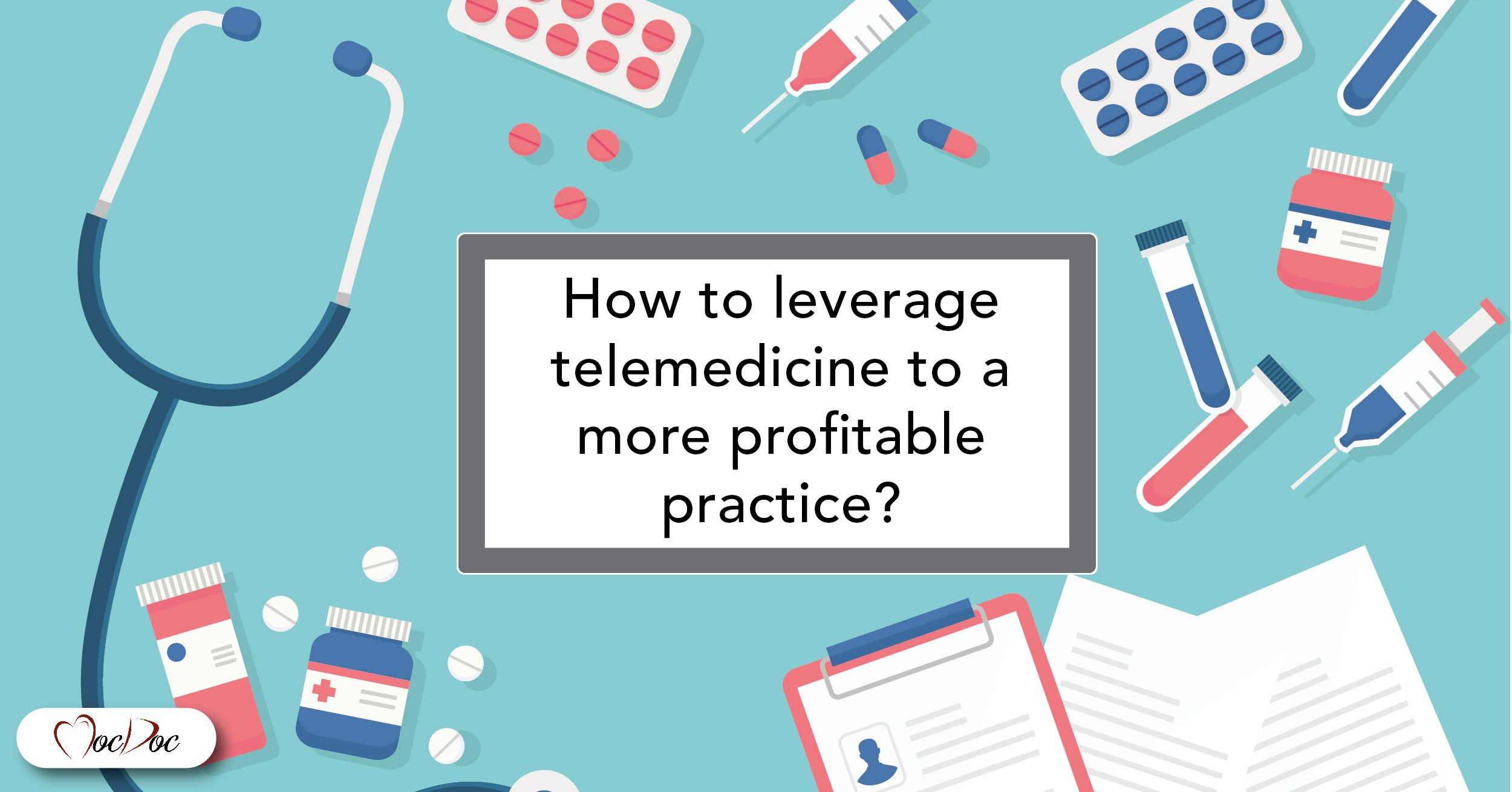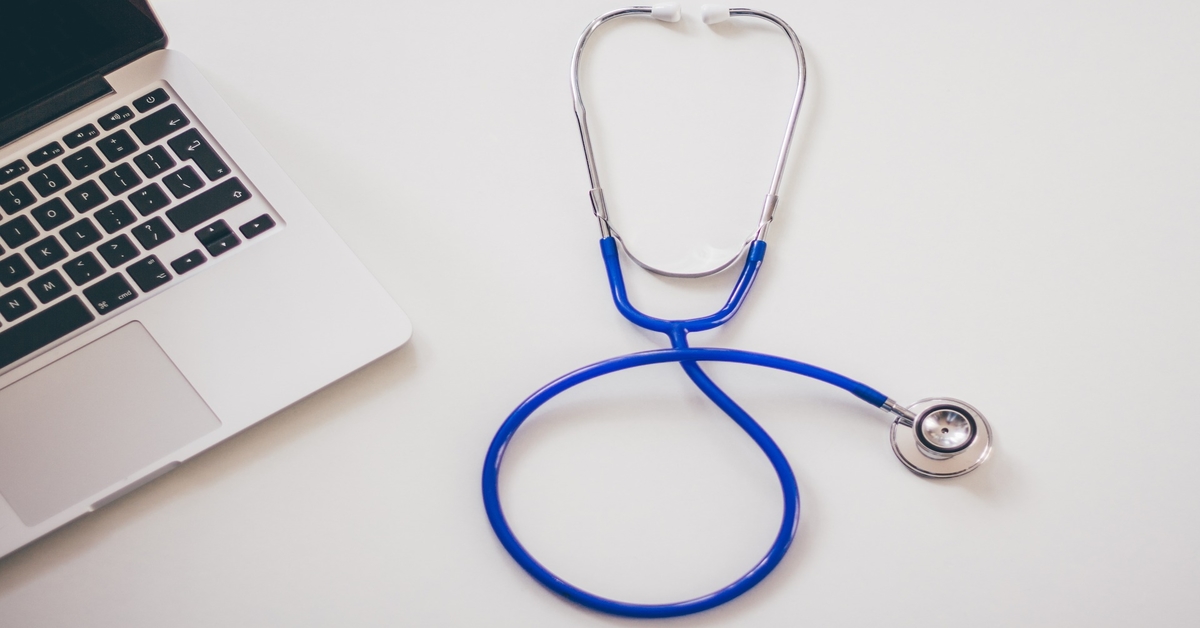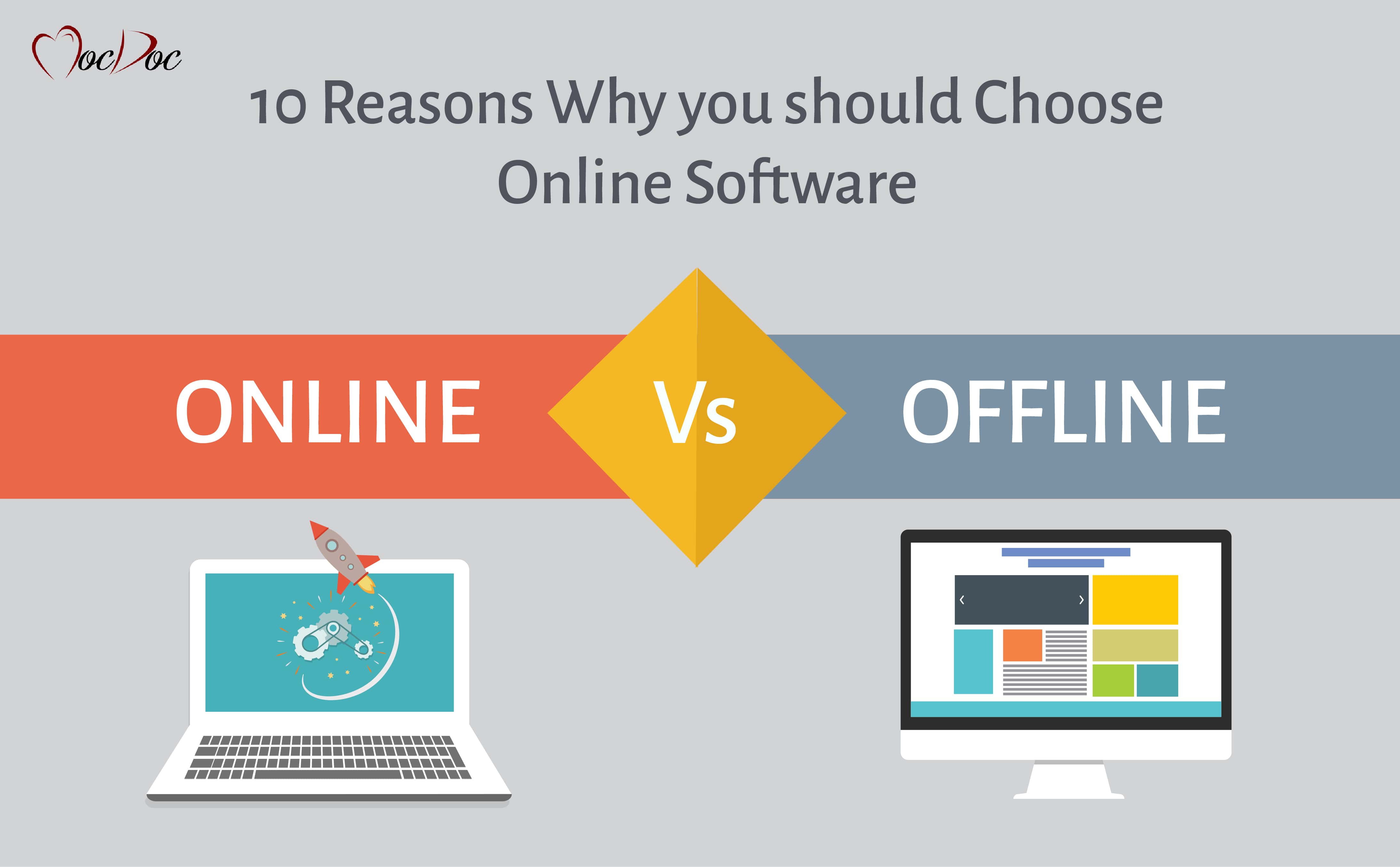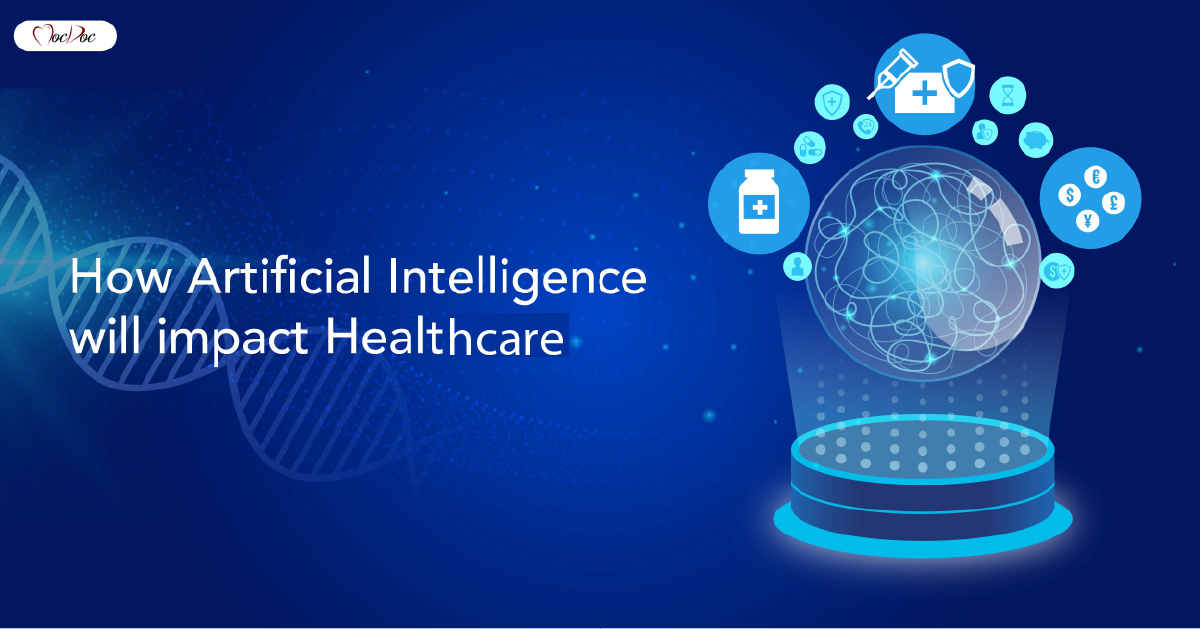MocDoc's Offerings
How to leverage telemedicine to a more profitable practice
Published By
Sanjana
2019090415:39:20
Category Healthcare

Leveraging telemedicine to profitable practice helps in enhancing patient retention, increasing revenue, and delighting your office staff. The advantages can be quickly gained through the option of telemedicine.
Powerful financial incentives for the providers and intense consumer requirements for the service are the two critical things that drive the sharp spike in the field of telemedicine technology.
Both private payers and legislatures are allowing the arise of telemedicine by representing parity laws and policies in telehealth. They identify the requirements to expand access to care while leveraging healthcare resources effectively.
How do make use of telemedicine to improve profitability?
There are many reasons to list why influencing telemedicine can bring more profit to you. In this blog, let's check out a few steps that can be used for influencing telemedicine into a more profitable practice.
Hold your current patients and amuse them:
There are numerous healthcare options available than before for the patients to choose from. There are a different number of urgent care facilities, retail-based walk-in clinics, and thousands of online opportunities. These variations to in-office care are prominent with patients, especially for regular issues like flu, skin conditions, other ailments, colds, UTIs, and more as they are inexpensive, quick, and convenient. The practices which provide video visits provide the patient with the essential benefits of seeing their routine provider, with the added convenience that telemedicine brings.
Decrease No-Shows and Cancellations:
Practice profitability is hard when any of the appointments are missed. They are also bad when considering the outcomes of patient health. A good number of the reasons why people cancel or show up at the last minute are withdrawn by telemedicine. Patients need not consider taking time off work, transportation, or arranging for childcare.
Grab good patient outcomes:
It's easy for patients to follow up on the next visit through the recommendation process in telemedicine. They are an accurate tool for lifestyle coaching, post-hospitalization care, and medication management. Compliance and increased patient management system lead to smaller unnecessary complications as well as help in better case management.
Make a profit with telephone calls:
Most of the payers do not compensate for the provider's telephone but rather only follow-up calls. Few conversations like medication checks and reviewing test results will not be paid if it's done over the phone. Most of the exchanges become counterpoised by adding videos. Making use of the video also makes these relevant encounters and make them understandable to the patients.
See More patients:
In-office care is not much effective when compared with online visits using telemedicine. Practices that influence video will see several patients every day with identical providers. Most countries and states need insurers to compensate providers for visiting telehealth at an equal rate similar to in-office care. It's also recognized that most of the insurers follow this set of rules in the states that do not need it. It indicates that most of the visits are performed every day or week, and this can have a substantial impact on the profit and revenue along with the added cost.
Enjoy an excellent Life Balance/Work:
May practices that provide visits through video find that the reliability it offers has a full impact on well being of the provider. Few of them prefer to move some appointments to the weekend or work from home for a few hours. The providers are provided a chance of enjoyment to take care of their tasks during the workweek, and the patients also appreciate the prospect to get attention outside of regular hours in the business. There is no extra office expense if there are hours extended or else the visit can happen from anywhere.
Boost employee satisfaction:
Video visits are mostly preferred by medical office workers as they make the office run flexibly and smoothly. They also alleviate a few administrative works by making every patient come to their office. The waiting rooms are quieted and less crowded with fewer patients in the office, and there is not much risk of grabbing the illness from the already present patients. This extra time provides extra office staff to work on the practices and strategies at work. The team also gets an advantage when the practice is growing or gaining more profit.
Video technology can be the best game-changer in the coming years, which implementing an efficient program. Office workers, providers, and patients all win when the practice of telemedicine is thoughtfully applied with the right education and technology.
For More Information Visit MocDoc Digital Healthcare Solutions.
Related Articles
Universal healthcare - let’s...
Universal health care is a hot topic for discussio..... Read more
What are the different types o...
The healthcare sector is facing pressure to move t..... Read more
10 Reasons Why You Should Choo...
What is Cloud Computing?Cloud computing is a pool ..... Read more
How Artificial intelligence wi...
The healthcare industry has started to see conside..... Read more



